What Are the Differences Between Classes of Ebikes? A Complete Guide to Ebike Classifications
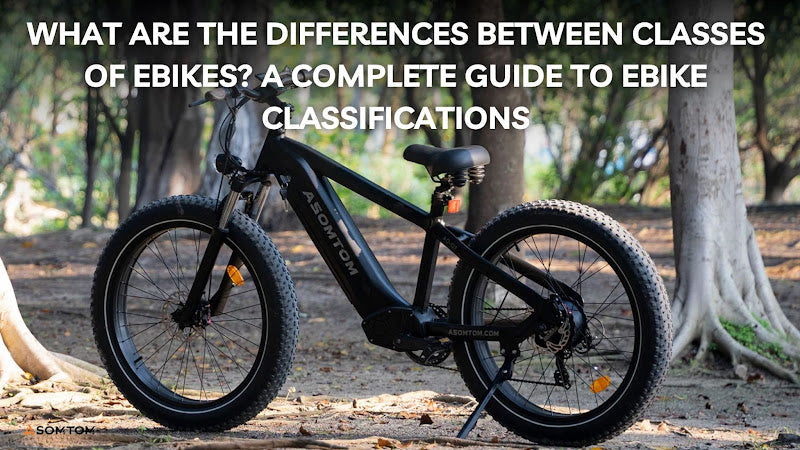
Having a firm grasp of the different classes of e-bikes enables users to make an informed purchasing decision for their electric bicycles. All performance levels and feature elements are intricately defined regarding the road and legal status set for the bicycle. With all the class types available, understanding the differences enables riders to make safe choices that match their needs.
What Are Ebike Classes?
The legal jurisdiction, as well as the functional boundaries of the electric bike, is defined by ebike classes. Level of speed, manner in which the motor helps, and usage policies define classes 1, 2, and 3, respectively. Classes serve the purpose of standardization, which enables uniform policies and guidelines regarding the use of public roads, hiking trails, and bikes to be put in place, thereby simplifying policies while ensuring safe use of a bike regardless of the terrain type or demographic.
Class 1 Ebikes: Pedal-Assist Only
With pedal control capped at 20 mph, class 1 e-bikes reap the benefits of motor activation exclusively while pedaling. The bike has a traditional cycling feel and is allowed on most bike paths and trails. It's perfect for riding across cities as well as for the environmentally conscious cyclists who prefer working out and having control.
Class 2 Ebikes: Throttle-Assisted Ebikes
Unlike the first class, the second class is capped at 20 mph. A throttle that allows motion without pedaling to be used makes them ideal for people who want to ease into pedaling freely and would like assistance when they start getting fatigued. Throttle control is useful for commuting in heavy traffic as well as for casual cruising.
Class 3 Ebikes: High-Speed Pedal-Assisted Ebikes
Performing at a higher level, Class 3 ebikes use pedal assist but can reach speeds of 28 mph. While throttle use is limited or absent, these are popular among commuters who prioritize speed and efficiency. In many areas, these require helmets and are often prohibited on bike trails, being designed for street, not trail, usage.
Key Differences Between Class 1, 2, and 3 Ebikes
Every class of e-bike has its defining characteristics: Class 1 uses pedal assist and caps at 20mph, Class 2 adds a throttle, and Class 3 has pedal-assist speeds up to 28 mph. Key differences in your choice of e-bike speed, control, and legal riding areas determine the best bike for your needs.
Ebike Motor Power: How It Varies Between Classes
The power of the motor on e-bikes is capped at 750W in the US, but the way it’s applied differs between classes. With Class 1 and 2 sharing similar max power, Class 3 e-bikes concentrate on enduring high speeds. Depending on the class, power also governs acceleration, terrain handling, and overall riding experience.
Ebike Range and Speed: How Classes Impact Your Ride
The class of the e-bike determines its speed and range. Classes 1 and 2 have moderate speeds and longer ranges because of limited motor use. On the other hand, Class 3 offers high-speed performance but limited range. These dynamics enable riders to select the most suitable e-bike, considering commuting distance or the terrain.
Legal Regulations for Ebike Classes
Laws regarding E-Bikes differ by state, regions, and even countries. This especially applies to the specified operating area for each class. Classes 1 and 2 are normally allowed on shared use paths, while Class 3 might be restricted from sidewalks and is only permitted on the roads.
Ebike Class and Terrain Compatibility
Terrain compatibility varies by e-bike class. Class 1 ebikes are appropriate for paved trails and urban paths, while class 2 ebikes are better with a throttle for more challenging terrain. Class 3 performs best on roads due to its high speeds. Ensuring the appropriate class of e-bike is matched with the type of terrain will guarantee comfort, control, and optimal performance throughout the journey.
Choosing the Right Ebike Class for Your Riding Style
Determining the right class of ebike starts with class selection is dependent on lifestyle. Embracing city commuters, a Class 1 would be ideal for quick path access. Recreational riders will most likely enjoy a class 2 for level travel, while performance riders tend to lean towards a class 3.
Class 1 Ebikes for Commuting and City Rides
Due to their wide accessibility and moderate speeds, class 1 e-bikes are most suitable for daily commutes in urban settings. The pedals encourage some level of activity while the bike provides controlled assistance.
Class 2 Ebikes for Recreational Riders
Casual and recreational users often select Class 2 e-bikes because of their easy operation. Constant pedaling is alleviated, allowing for effortless, smooth starts and relaxation on a variety of terrains. These bikes are suitable for older adults, weekend warriors, and riders who prefer low-impact rides but still want flexibility and fun.
Class 3 Ebikes for Performance and Speed Seekers
Said to be built for performance enthusiasts, Class 3 ebikes are optimized for long-distance commuters who are speed-focused. With pedal assist up to 28 mph, class 3 reduces commute time significantly. However, they're subject to stricter regulations.
Safety Considerations for Each Ebike Class
Safety protocols differ within bike classes, particularly under the e-bike category. The more casual riding permitted on bike paths would be with Class 1 and 2. Greater speed with Class 3 ebikes means better brakes, helmets, and more awareness of other traffic managed. Circuit riders for class 3 should consider lights, reflective gear, and speed for safe operation.
The Future of Ebike Classifications
With advancements in technology, the integration of AI, GPS speed controls, and adaptable features could redefine e-bike classification. Features like these could redefine the separation between current classes. Behavior patterns, intelligent terrain, and user profiles may be used for a more globally custom legal and boundary classification in the future.
Conclusion
Knowing the aspects of an ebike class, such as a maximum speed, throttle, or pedal assist features, and legal operations helps a rider make an informed decision. The difference between class one and class three e-bikes serves distinct purposes.
Visit - https://www.asomtom.com/
Frequently Asked Questions (FAQs)
- What Is the Difference Between Class 1 and Class 3 Ebikes?
To best serve the recreational rider, speed lover, or commuter, class one ebikes help riders up to 20 mph, and class three crossover or ebikes assist up to 28 mph, with faster performance superseding 28 mph. - Can I Ride a Class 3 Ebike in All Areas?
It is nowhere stated that some bike paths, city zones, and trails restrict class three ebikes, which have higher speed and safety concerns. - Are Ebike Classes the Same Everywhere?
Before venturing into a new region, checking local laws is a necessity because of bypassing regulations that range from state to country concerning class setup rules. - Can I Upgrade My Ebike to a Higher Class?
Consult a manufacturer and local rules if you are thinking of making upgrades, because although it is technically possible, it can void warranties while breaking laws. -
Which Ebike Class Is Best for Long Commutes?
Due to higher grade speed, class three ebikes are ideal for long commutes, and their advanced efficiency and travel time to highways make class three ebikes a commuter's bullet.


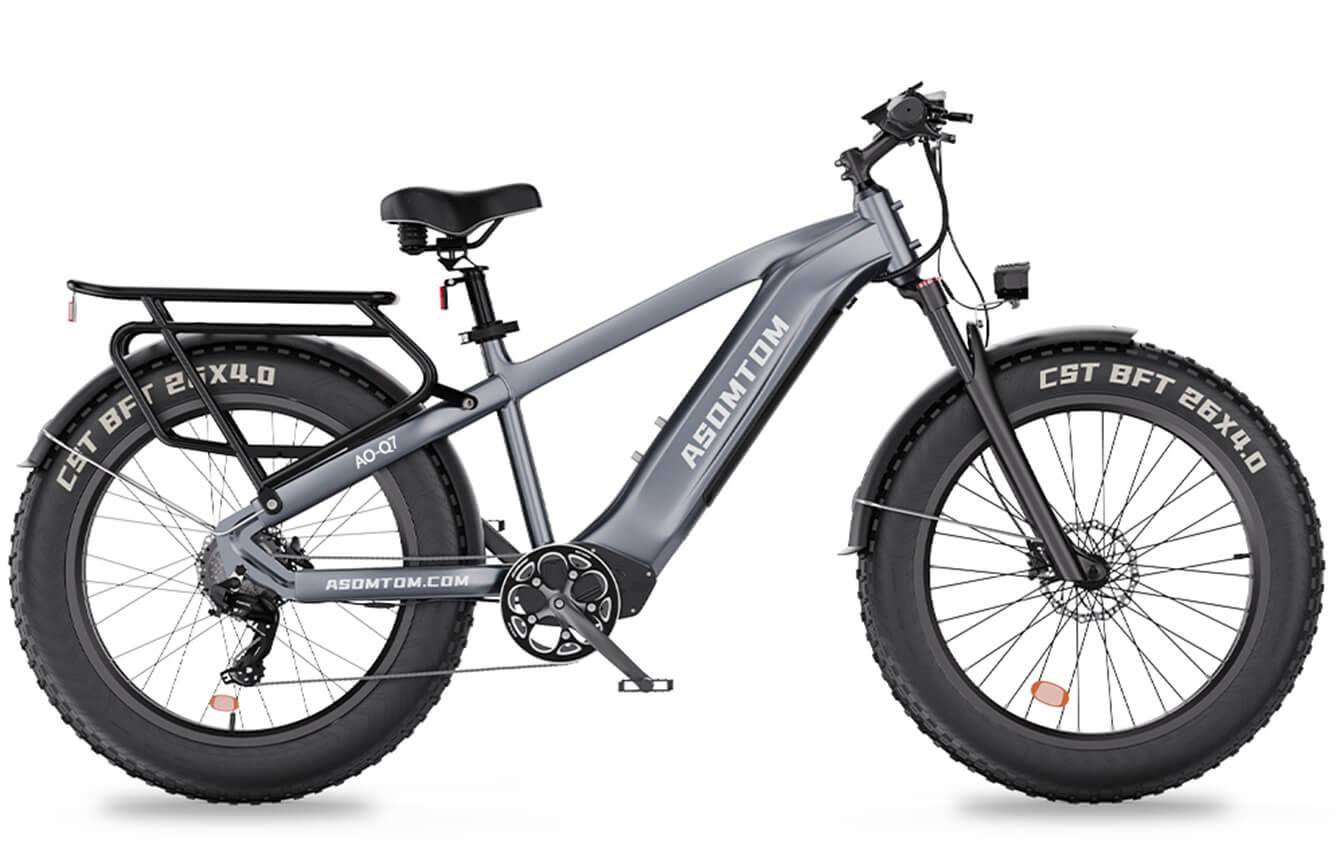
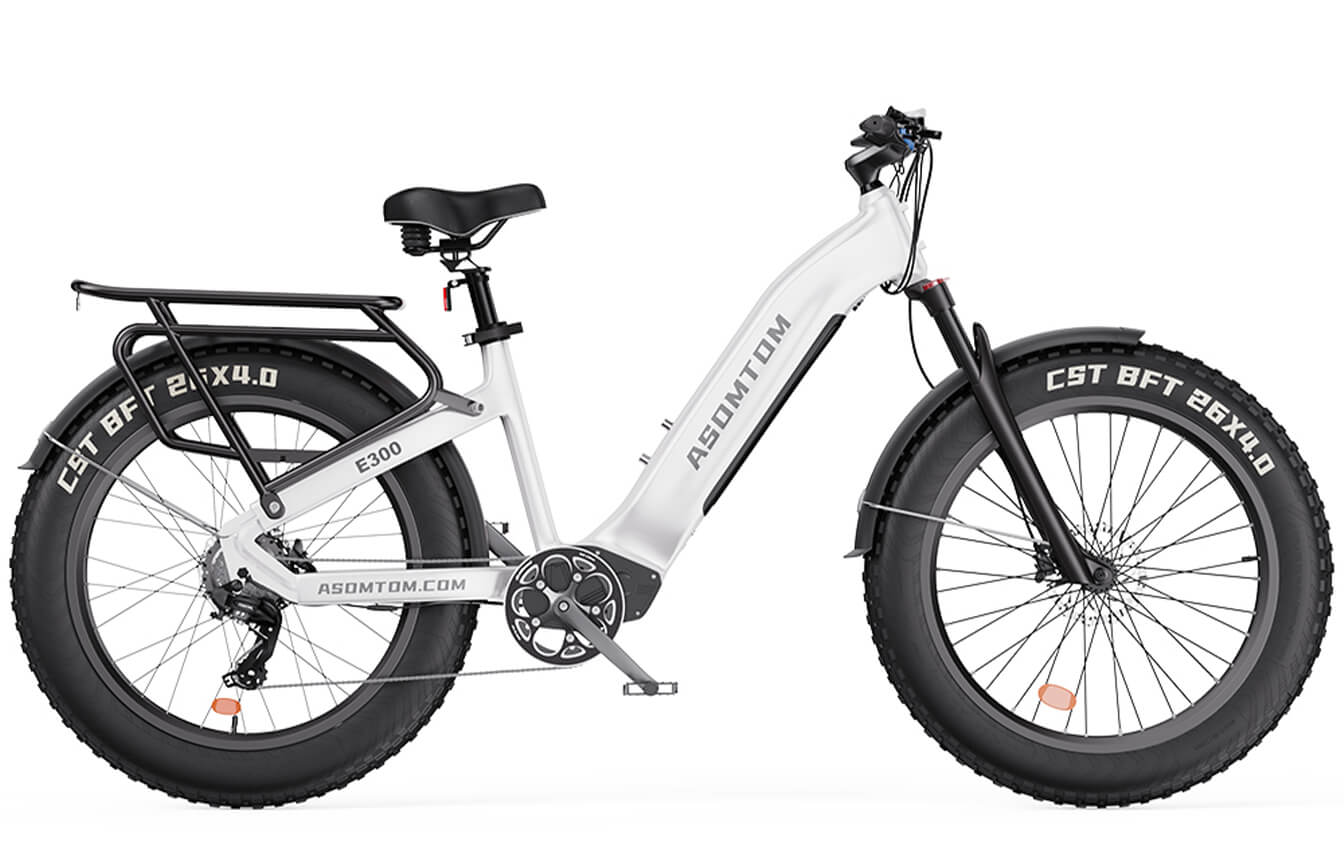
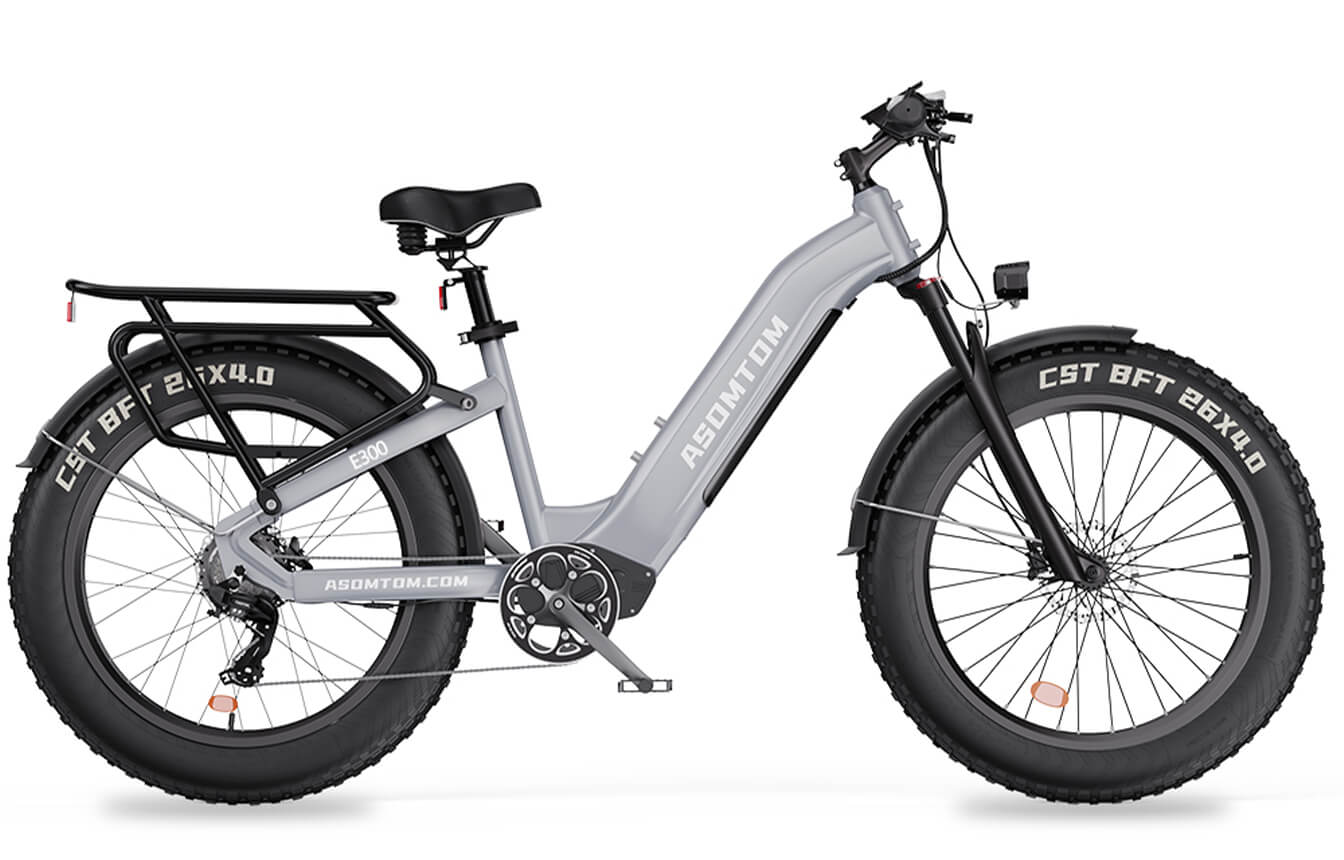
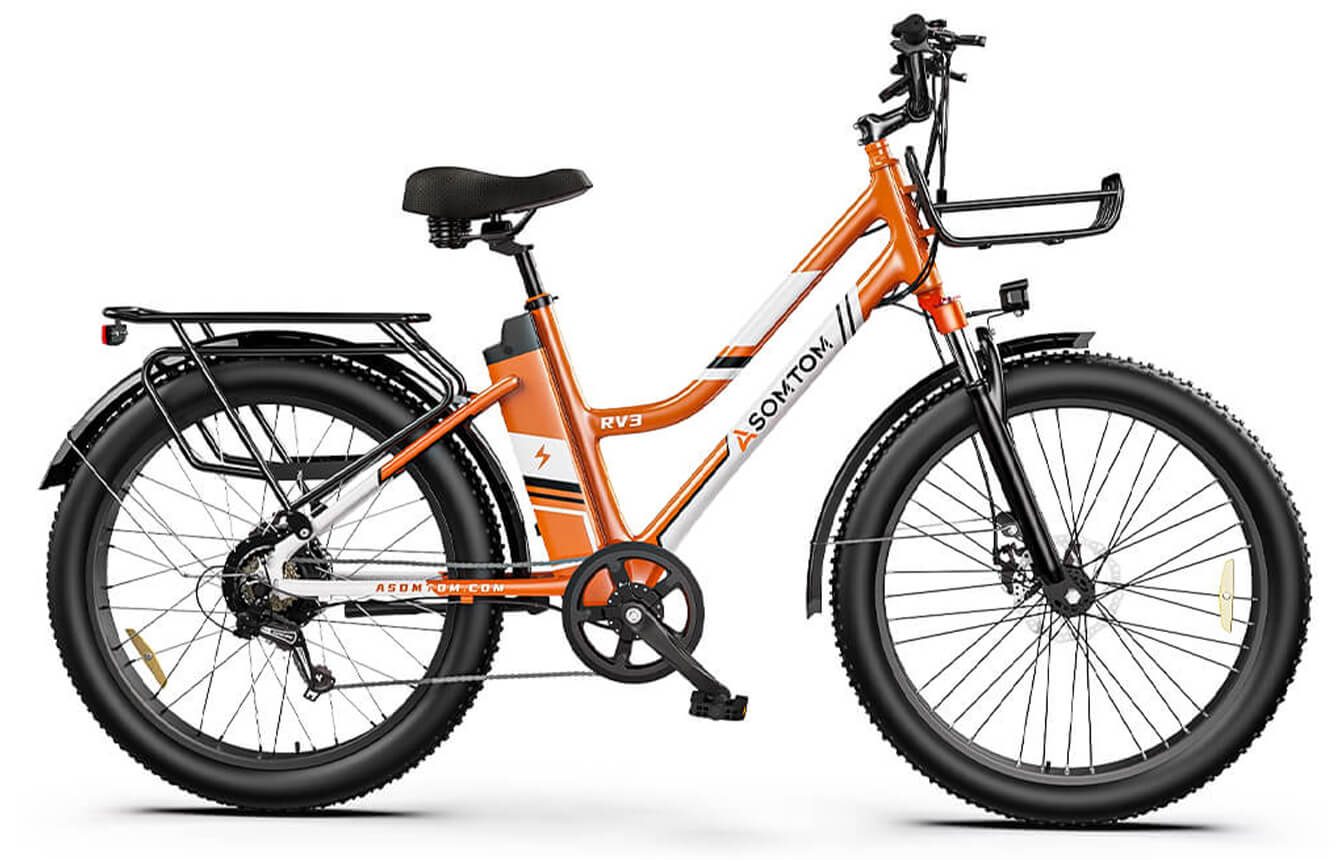











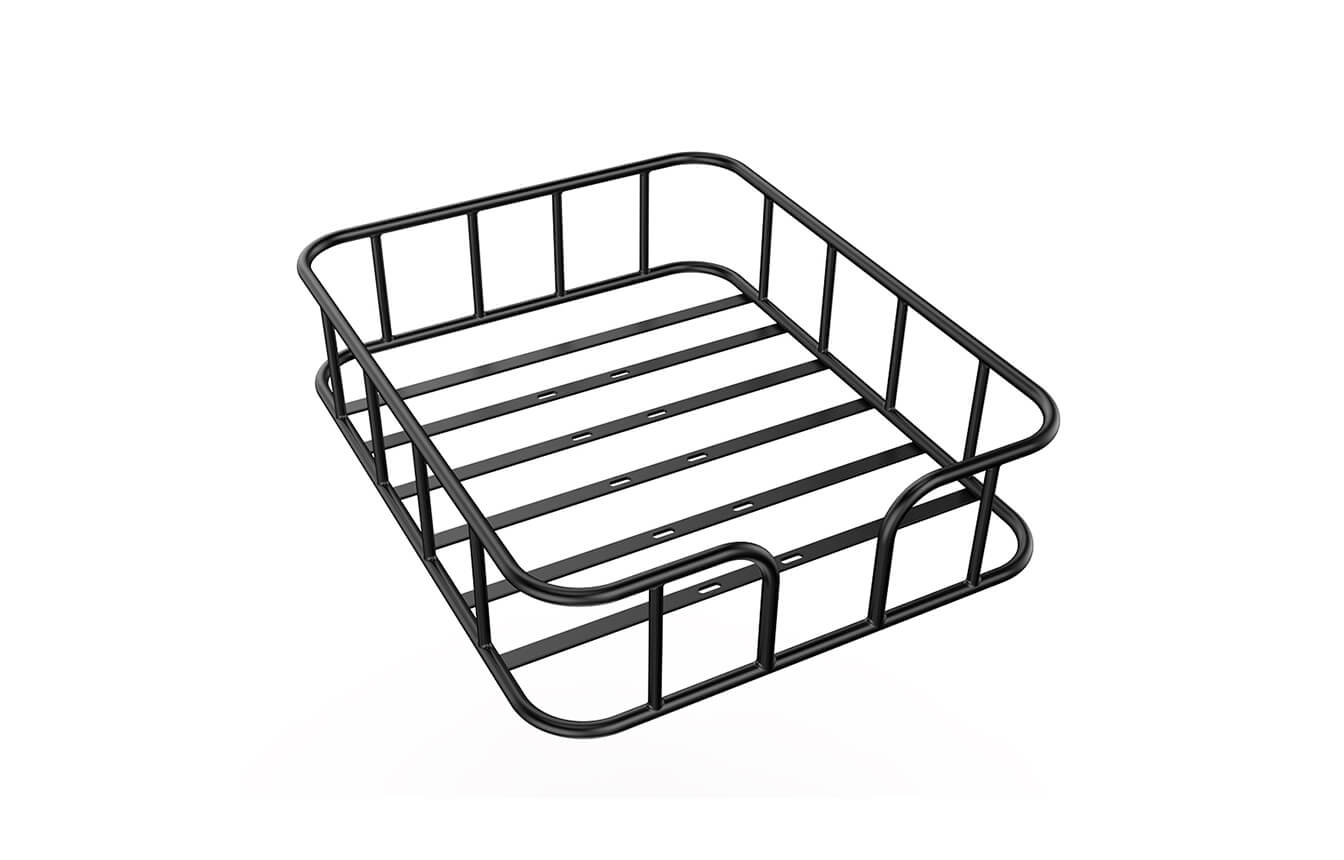
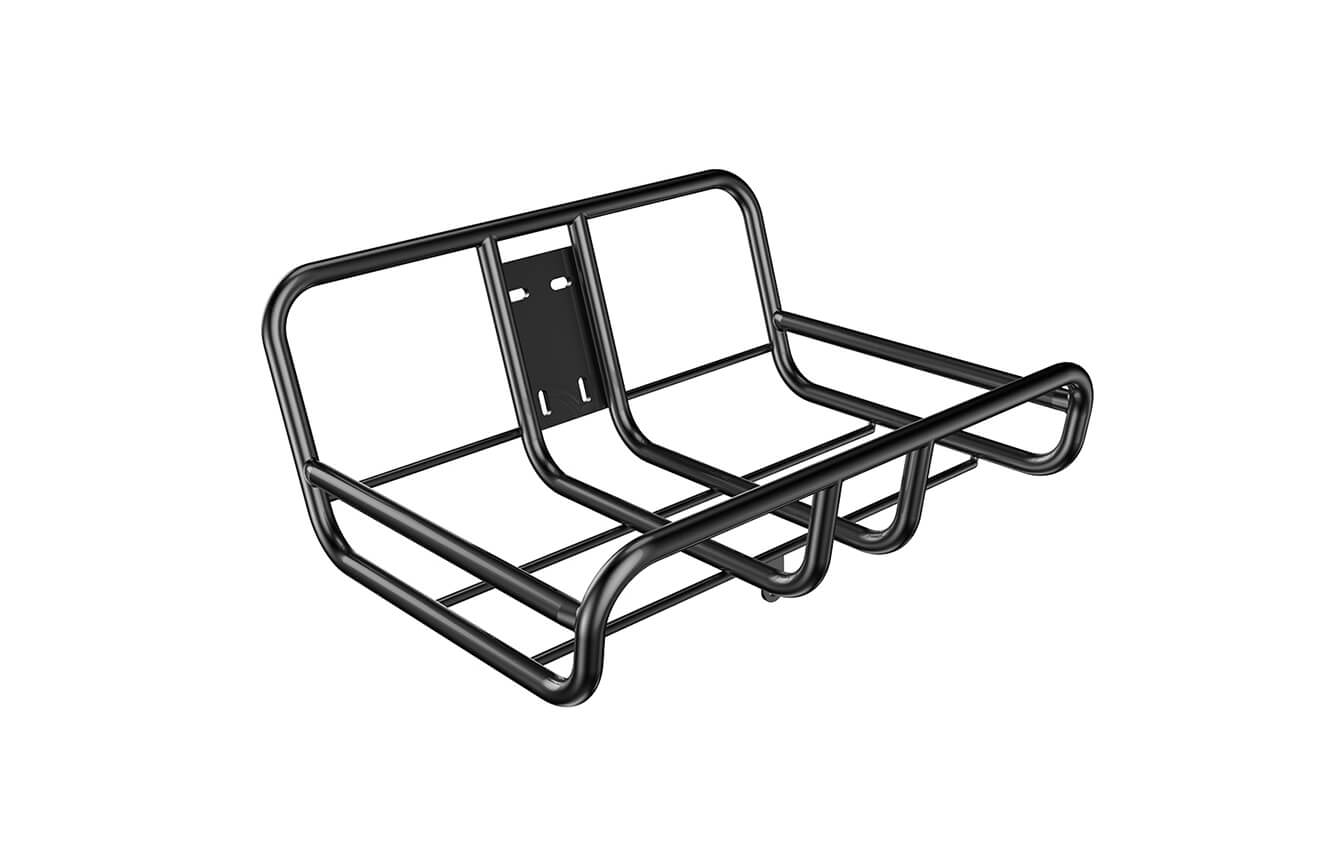
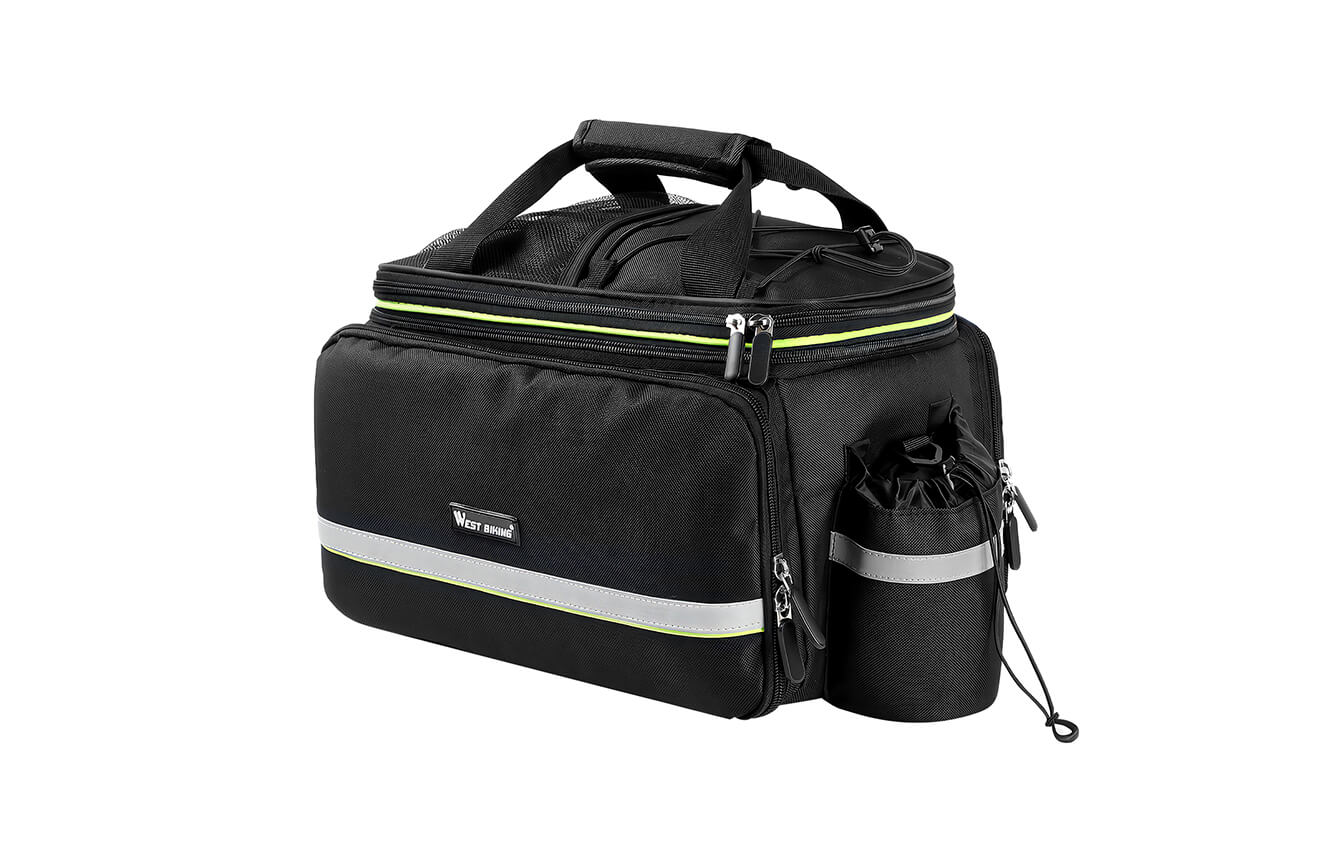
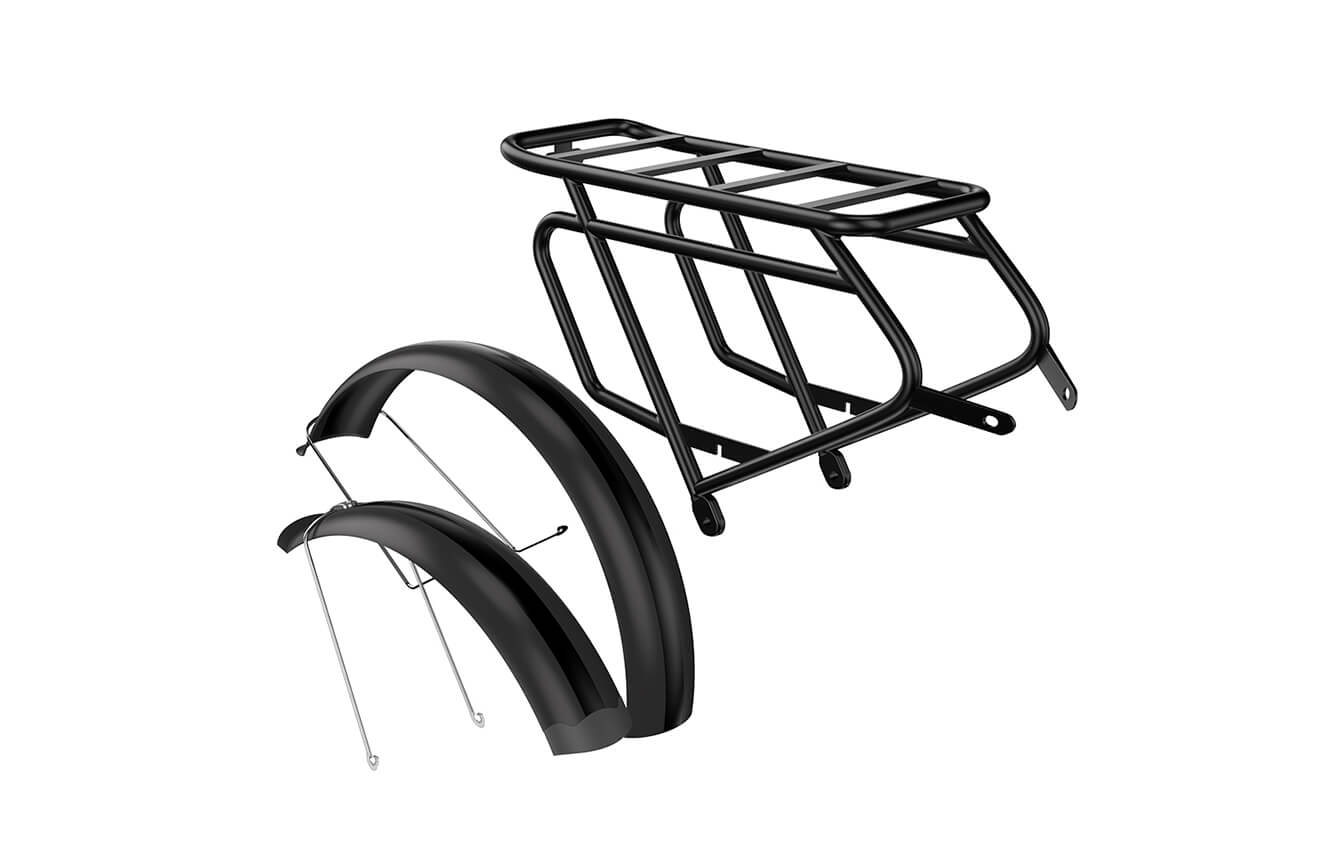
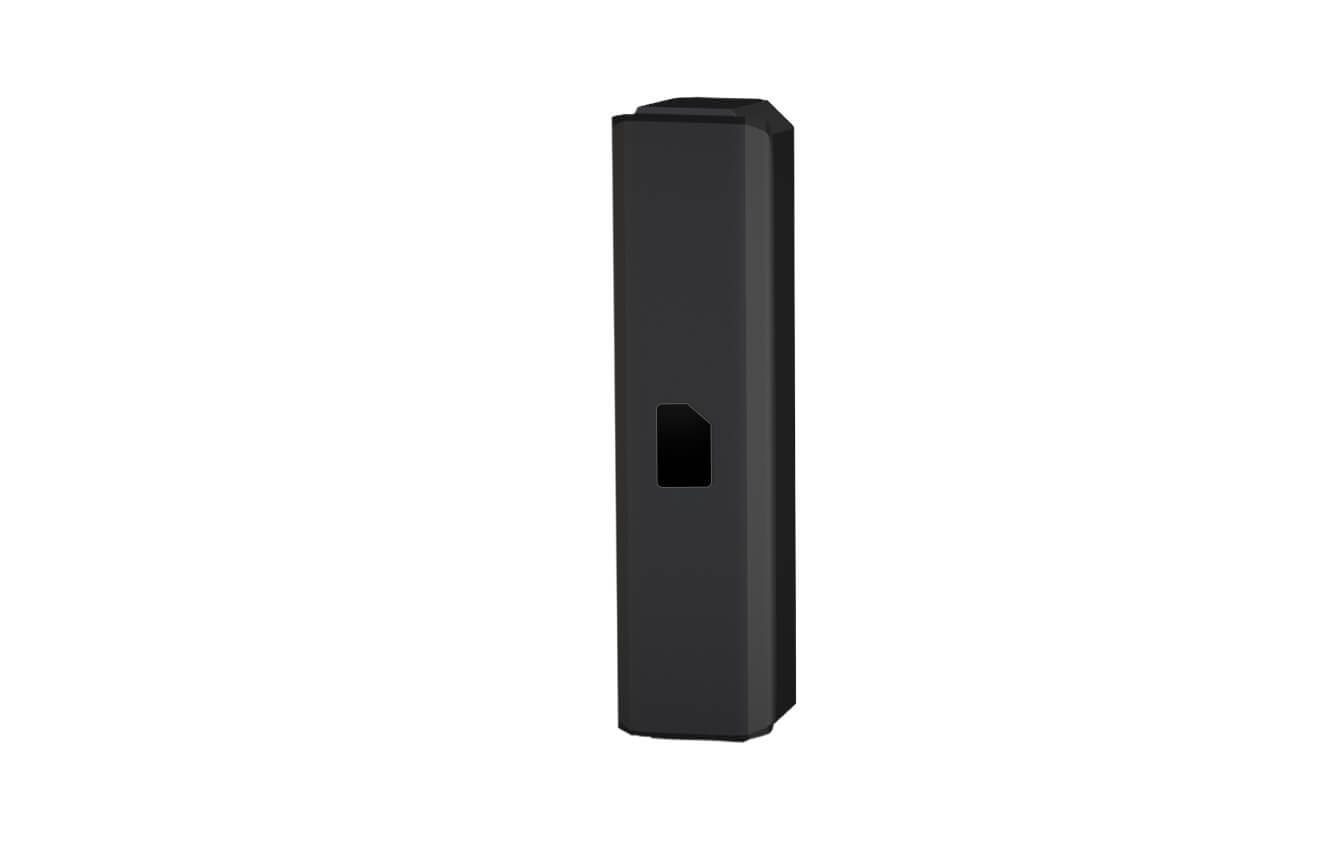
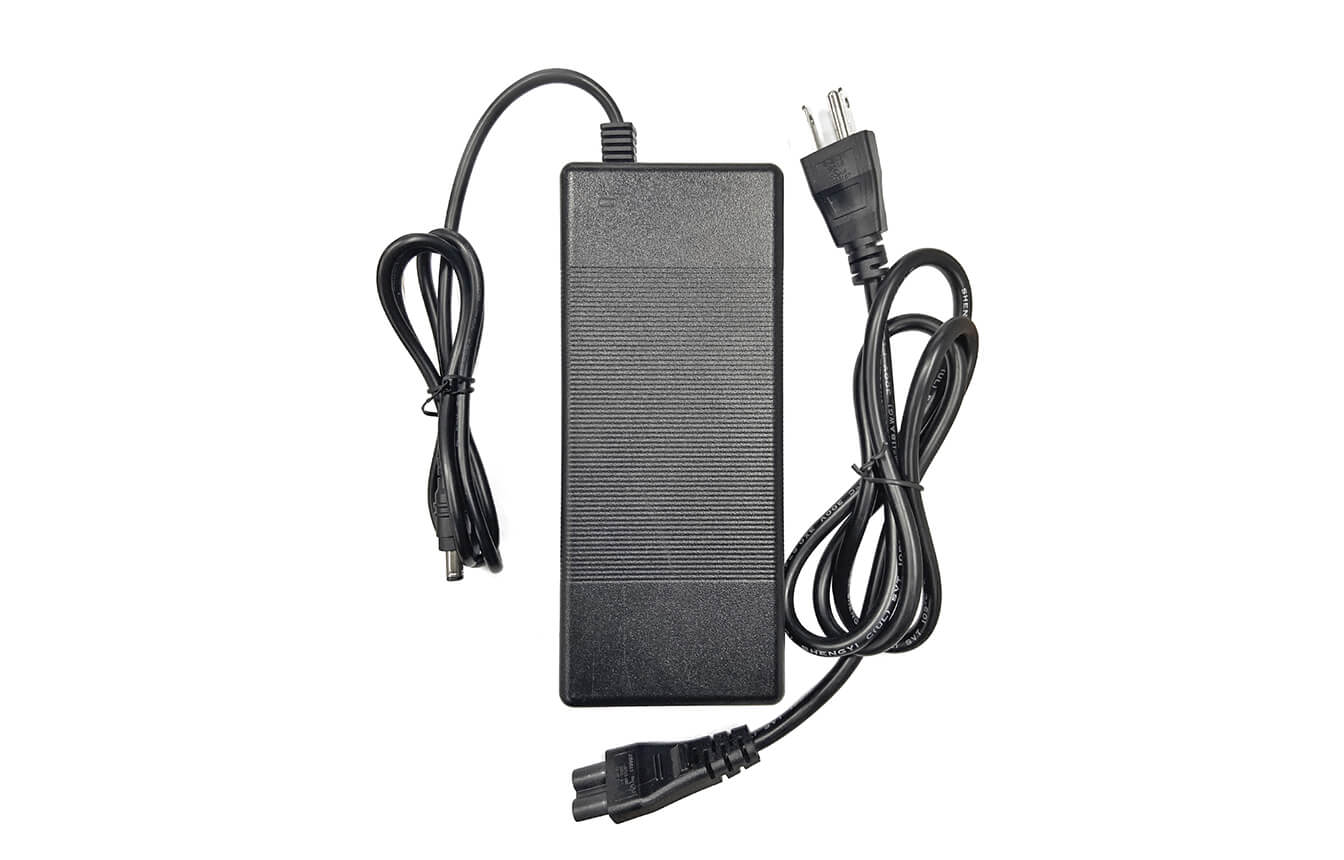
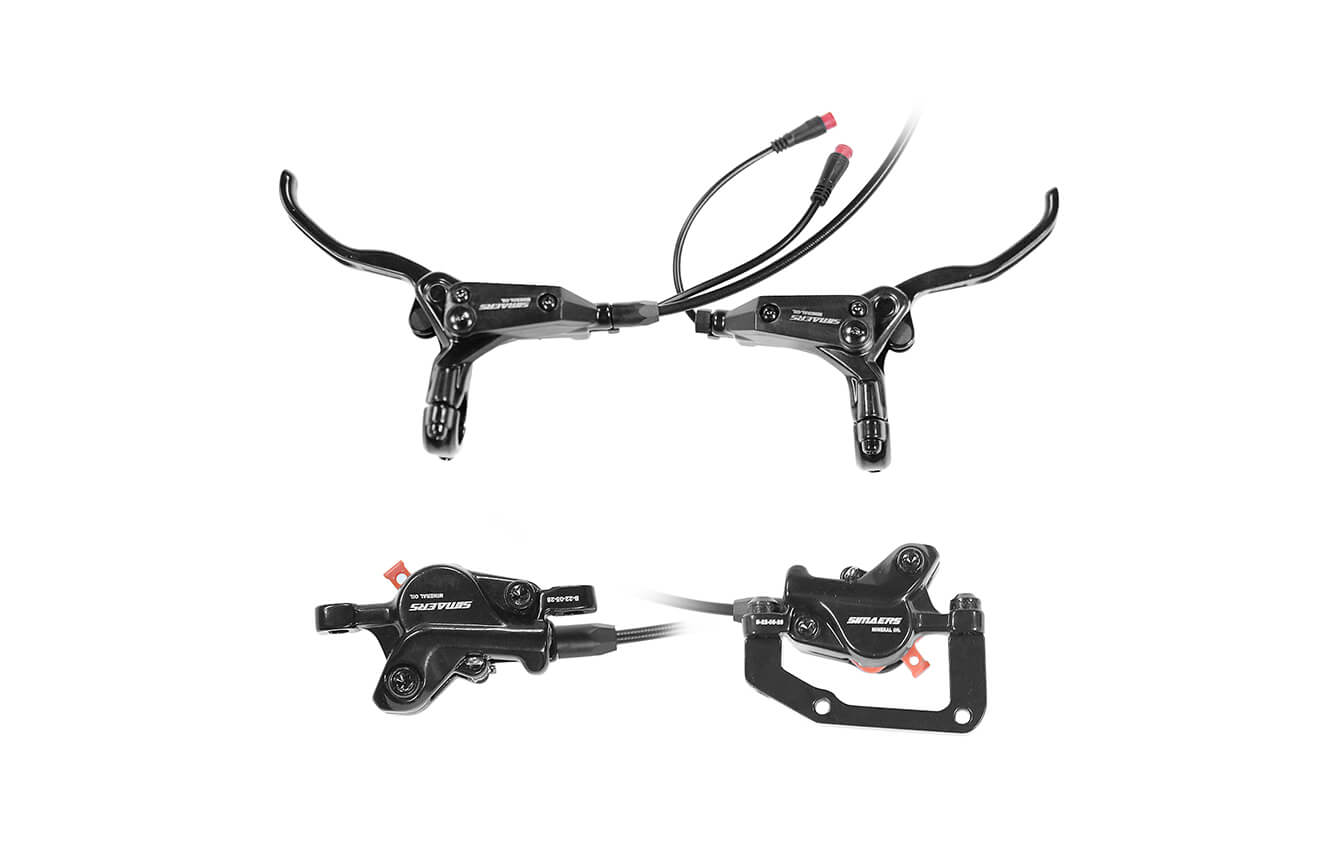
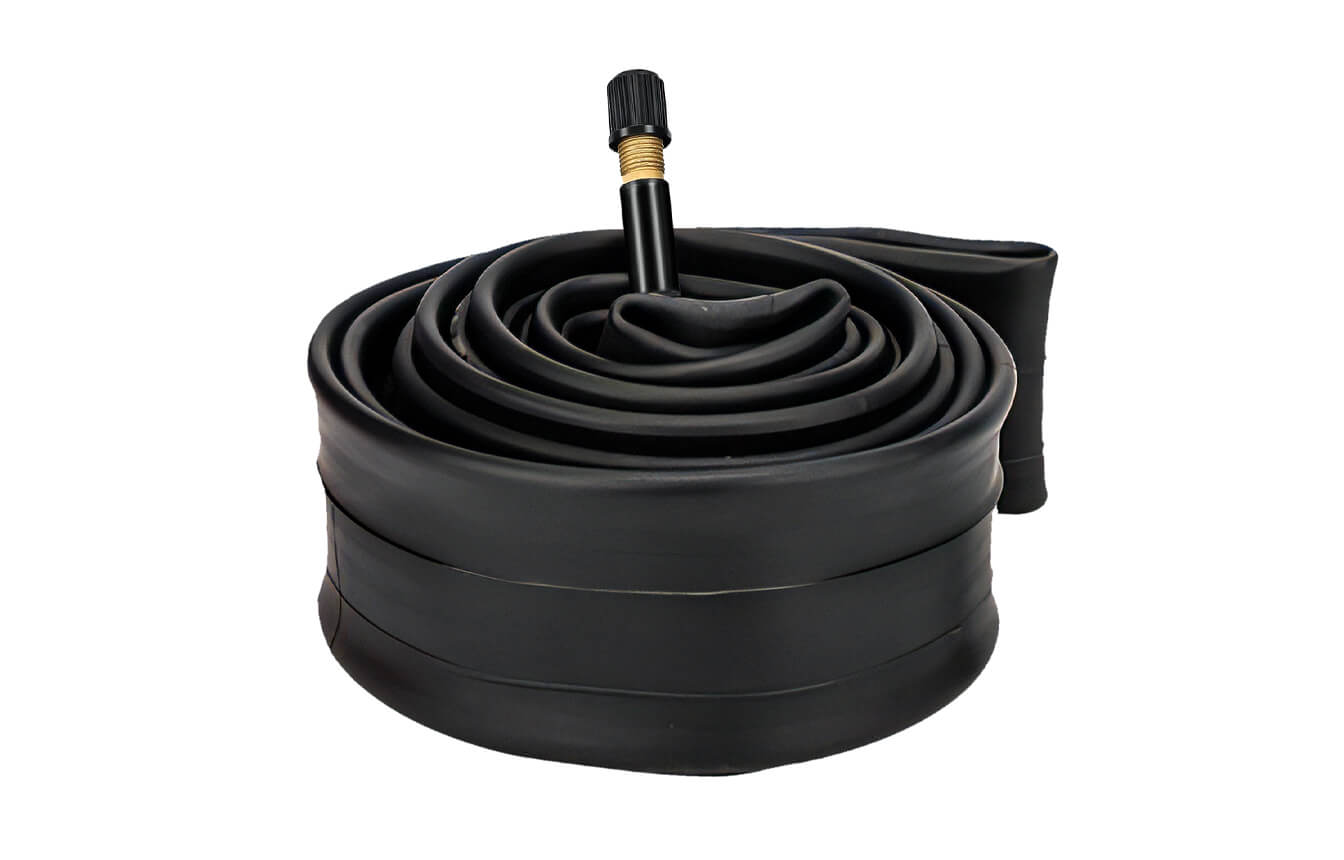






Leave a comment